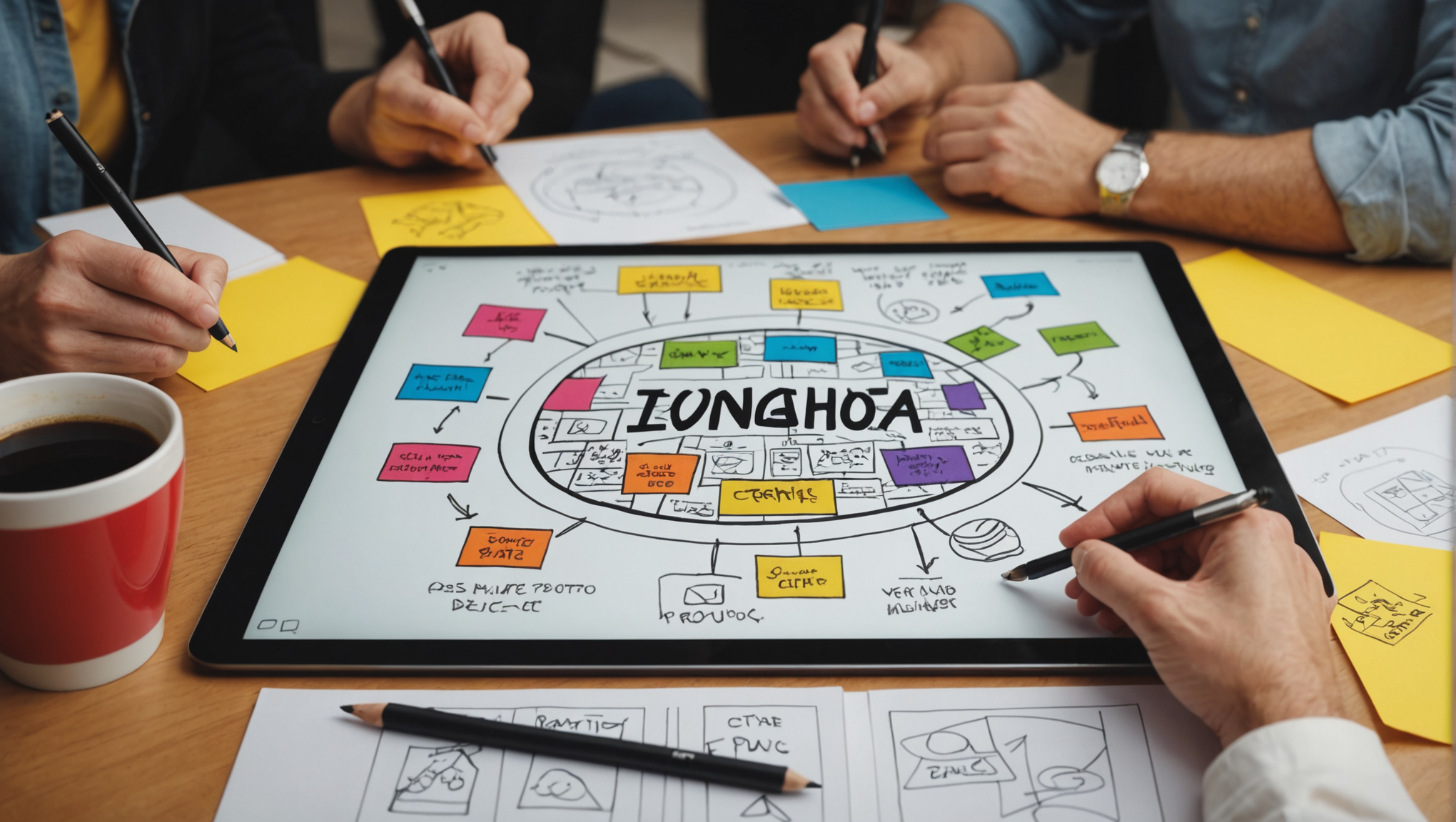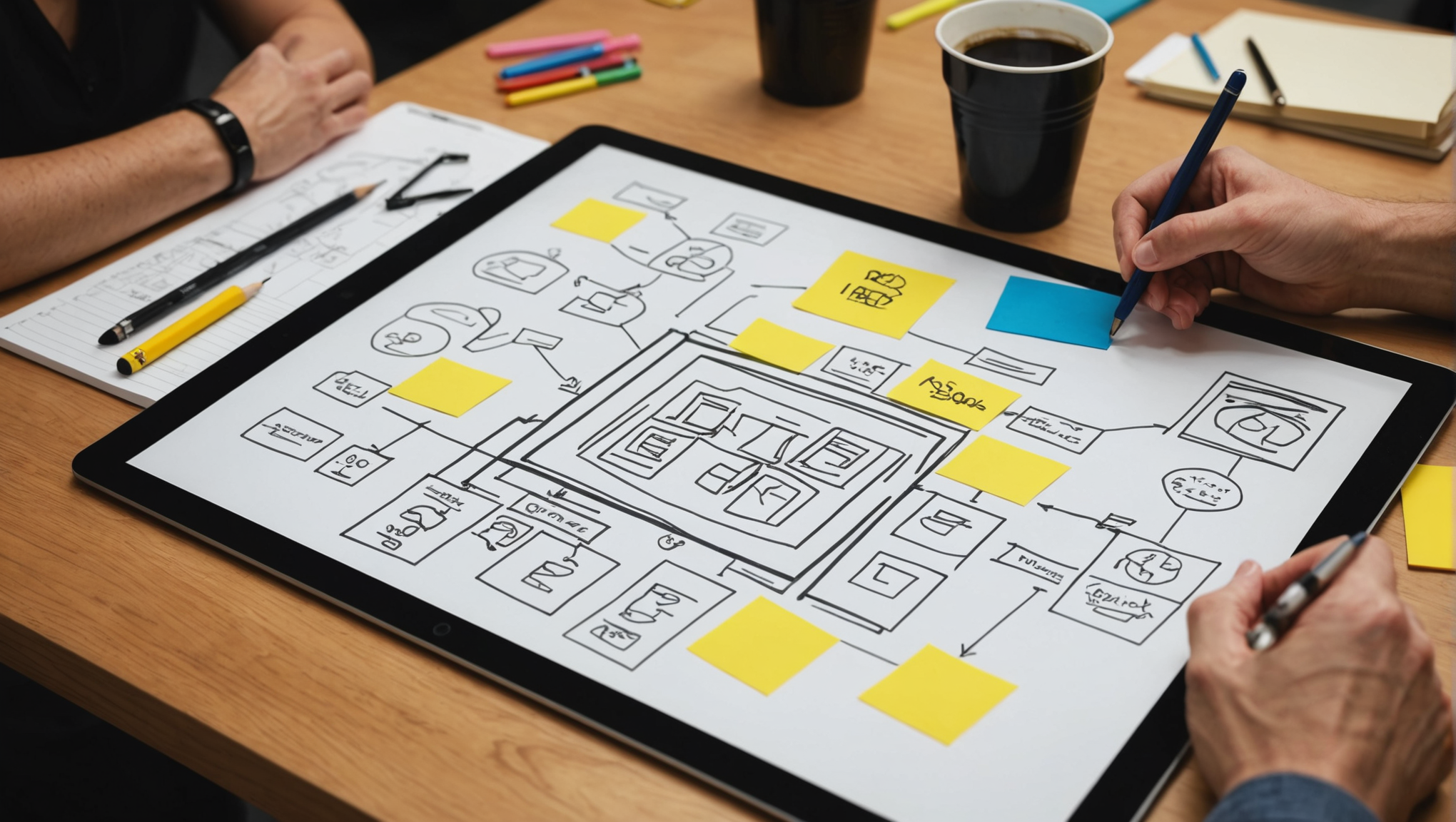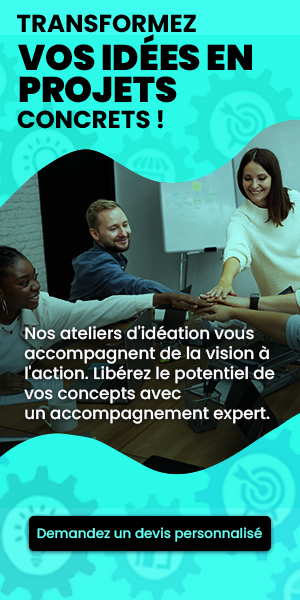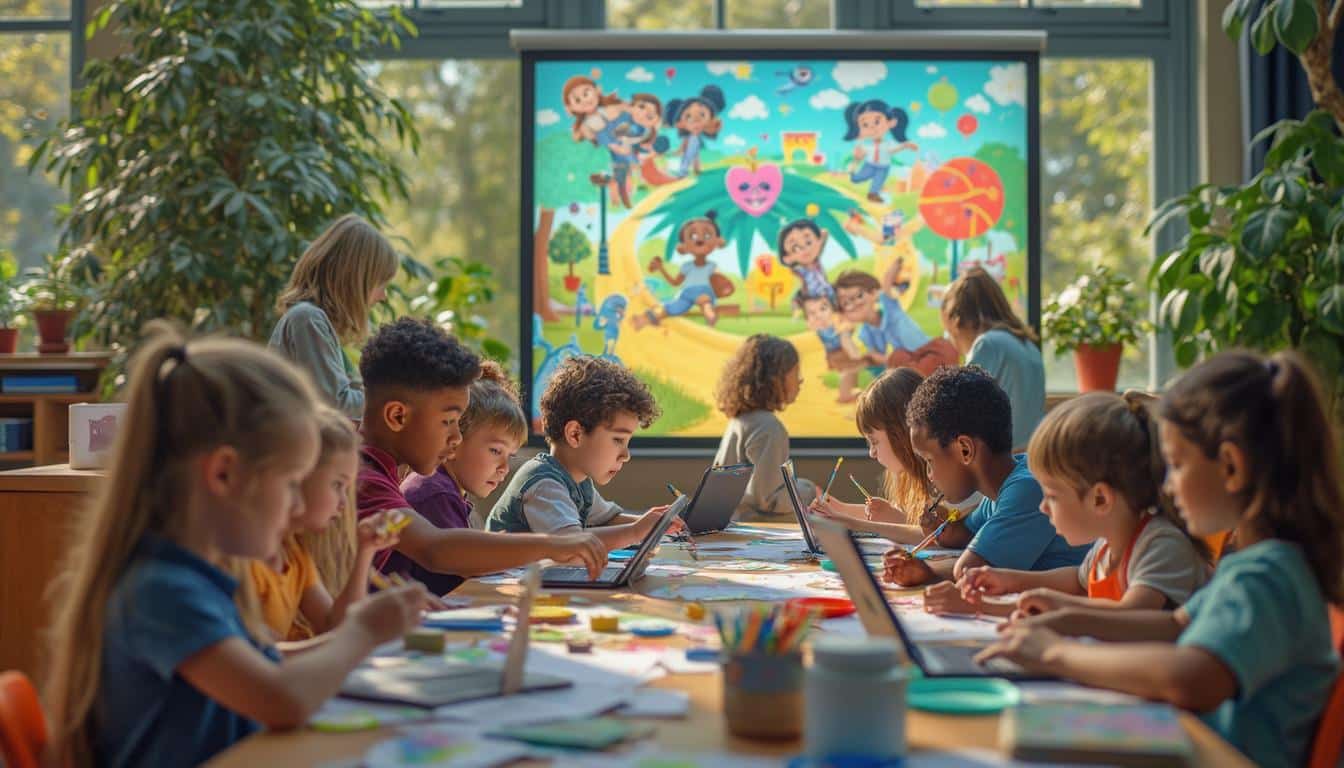In the field of innovation, every great product begins with a brilliant idea. Transforming this vision into reality involves a carefully orchestrated set of steps that establish technical feasibility and generate interest from future users. The journey from idea to the creation of a prototype is a captivating adventure where creativity and rigor intertwine. Through a well-defined process, it is possible to materialize an initial concept into a tangible product, ready to be tested and refined. Let’s embark on this exploration of the key steps that lead to the realization of an innovative solution.
🔥 Nous recommandons Ideamap
Ideamap est l’outil idéal pour un brainstorming ou un projet collaboratif. Grâce son interface facile et à ses fonctions IA, Ideamap booste votre créativité tout en favorisant une meilleure organisation de vos idées pour atteindre vos objectifs.

The transition from idea to a tangible prototype is a crucial step in the product development journey. This process, although complex, can be broken down into distinct phases that facilitate the organization and implementation of the idea. Each of these steps plays a critical role in validating the initial idea and designing the final product.
The first phase is ideation. It is at this stage that new ideas are sought and various possibilities are explored. Brainstorming sessions, design thinking, and user needs analysis are effective methods to inspire creativity. The goal here is to generate a range of ideas without self-censorship, encouraging an open atmosphere where every concept can be considered and discussed.
Once several ideas have been gathered, the second step is to define the product. This involves assessing the feasibility of the generated ideas and selecting those that best meet market needs and the expectations of future users. Criteria such as innovation, functionality, and competition must be taken into account. At this stage, it is also beneficial to establish a specification document that will serve as a guide throughout the development.
The third phase is the realization of the prototype. The prototype is a preliminary version of the product, using various materials ranging from paper to digital. This step is critical as it allows for visualizing and experimenting with the product in a tangible way. Prototyping methods can vary significantly, and it is important to choose the one that best fits the idea and available resources, whether they are physical mockups or 3D software.
Next comes the initial design. At this stage, user feedback becomes crucial. It involves testing the prototype with potential users to identify the product’s strengths and weaknesses. The feedback collected during these tests can lead to improvements and adjustments, making the product more functional and better aligned with consumer expectations.
Validation and testing form the fifth step, where it is essential to ensure that the prototype meets all the requirements defined during the design phase. This process may involve additional adjustments, refining functionalities, and considering user opinions. The goal is to ensure that the final product will not only be attractive but also effective and reliable.
Finally, once all adjustments have been made and the final version of the prototype has been validated, it is time to move to mass production. This is when the product can truly enter the market. Each phase of this process is interconnected, and the importance of iteration cannot be overstated. Prototyping is, in essence, a continuous cycle of testing, feedback, and improvements that allows for real-time adaptation to user needs and market demands.

FAQ: From Idea to Prototype – Step-by-Step Process
What is a prototype? A prototype is an initial version of a product designed to test and validate concepts before mass production.
Why create a prototype? It allows for assessing the technical feasibility of an idea while convincing future customers and partners of its potential.
What are the steps of the prototyping process? The main steps include ideation, product definition, prototype realization, initial design, and validation through testing.
How to start the prototyping process? Start the process with idea generation, where you express your concepts and potential solutions to an identified problem.
What is the role of the user in prototype development? User feedback is essential to adjust and improve the prototype to meet their real needs.
What technologies can be used to create a prototype? Various technologies can be applied, such as 3D printing, computer-aided design (CAD), or physical mockups.
What role does design thinking play in the prototyping process? Design thinking provides a structured method to understand user needs, generate creative ideas, and test prototypes iteratively.
How to test a prototype? Test the prototype by gathering user feedback through trial sessions, surveys, and direct observations.














